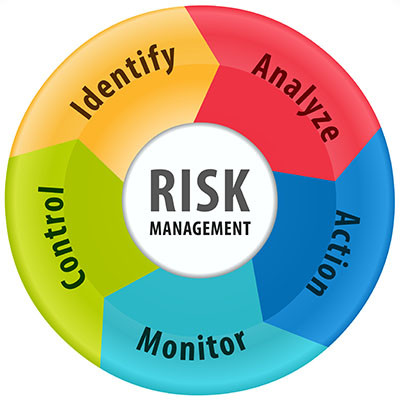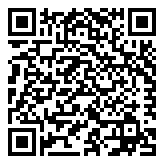Attend IT Blog
How to Create a Risk Management Process for Your Cybersecurity
We’ve been known to take a bit of an extreme approach to cybersecurity—your business is at constant threat of being attacked by all manners of threats and all that. While we stand by this approach as an effective way to boost awareness and adherence to cybersecurity needs, there are certain attacks that are more likely to target you. This is where risk management comes into play.
Why is Risk Management Crucial to Your Cybersecurity?
In a word, preparedness… but a strategic approach to it.
Let me ask you this: if your business was located in the middle of the Sahara Desert, would you be terribly concerned about a snowstorm interrupting your processes? Of course not, so you certainly wouldn’t prioritize any efforts that were specifically intended to fight a snowstorm—you wouldn’t keep a supply of snow shovels to clear off the roof, for instance.
Risk management is the practical approach behind this extreme example, and when applied to your cybersecurity, it is based on the unique balance of cybersecurity risks that your business exhibits. By developing a cybersecurity risk management plan, you are able to adjust your approach to match this balance.
How to Fulfill Cybersecurity Risk Management
Generally speaking, the process behind cybersecurity risk management is as follows:
Identify Potential Threats
First, consider your business’ hardware infrastructure and the software that it hosts. Are there any known vulnerabilities that might affect it? What threats could potentially bypass your existing protections? Having a comprehensive list of these potential threats from the start will be crucial.
Weigh Out Each Threat’s Potential Risk
Once you’ve created your list of potential threats, you need to determine how likely each threat is to occur—and whether or not you can live with that likelihood. As you do so, you should keep the impact that each threat might have in mind. After conducting this impact analysis, you should have a tiered list of potential threats arranged by their risk.
Establish a Response to Each Risk Level
Using this list, you are ready to determine how each risk level should be approached. Generally speaking, there are four responses that you can take that are known as the four Ts of risk management:
- Tolerate - If you determine the risk is unlikely enough or not severe enough to address, you accept that you may encounter it.
- Treat - If the risk is sufficiently concerning, you put security measures in place to reduce its likelihood.
- Transfer - If there’s a risk that is beyond your capabilities to control, you involve other parties in the risk—outsourcing your protections, and/or taking out cybersecurity insurance.
- Terminate - If the risk is severe enough, you fully avoid it by altering the processes that create the risk, if not suspending them entirely.
Continue to Monitor These Risks and Adjust as Appropriate
After addressing your risks, based on the above responses, you should continue to keep an eye on them. Reexamine your potential threats every so often to see if your level of risk has changed and if you need to reconsider if your established response is still appropriate. With the threat landscape changing constantly, it’s almost guaranteed that your responses will have to change at some point.
We Can Assist You with Your Cybersecurity Risk Management
Remember the transfer option we reviewed above? Attend IT Limited is one such party you can outsource some of your protections to. Our comprehensive cybersecurity measures can help to treat and terminate many of your largest business risks. Give us a call at 020 8626 4485 to start mitigating those things that threaten your business.
About the author

